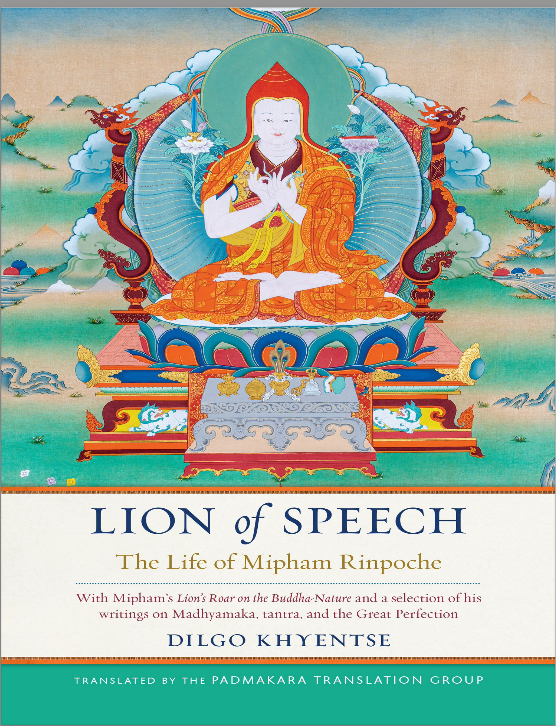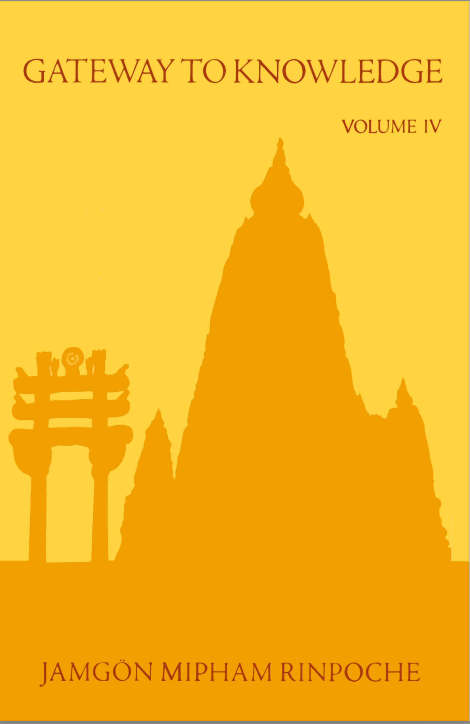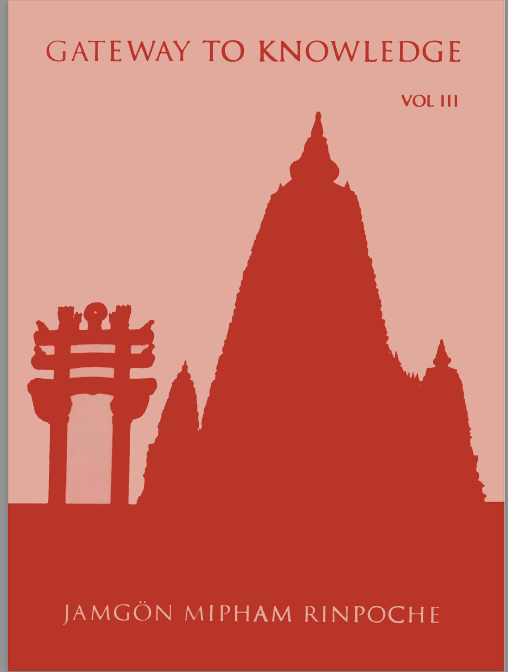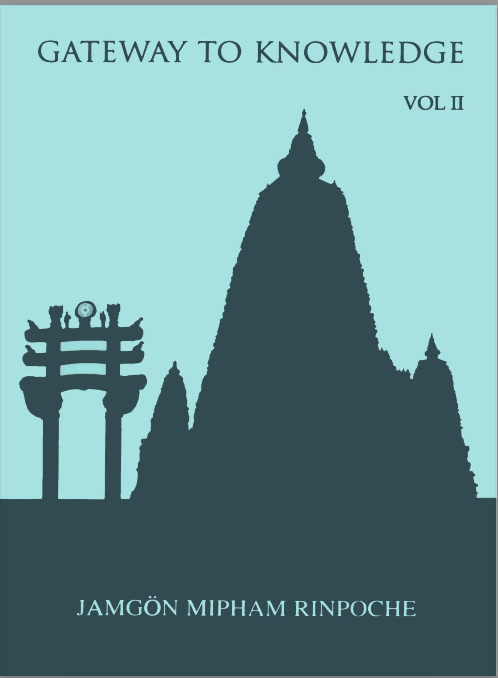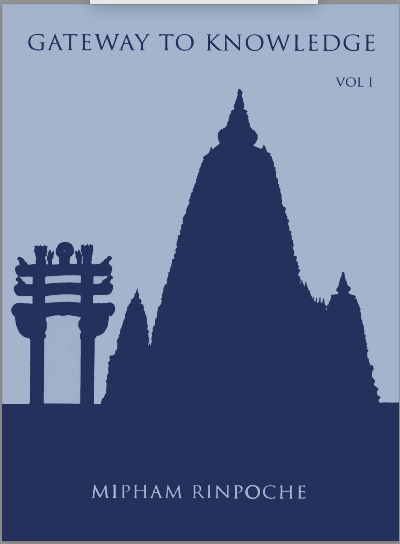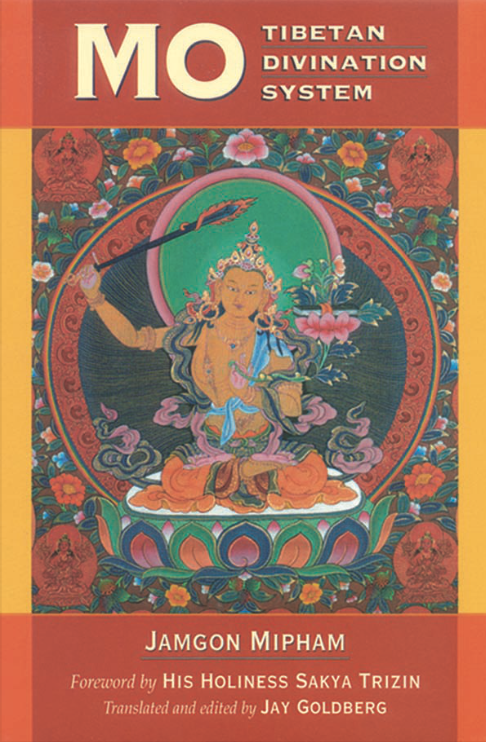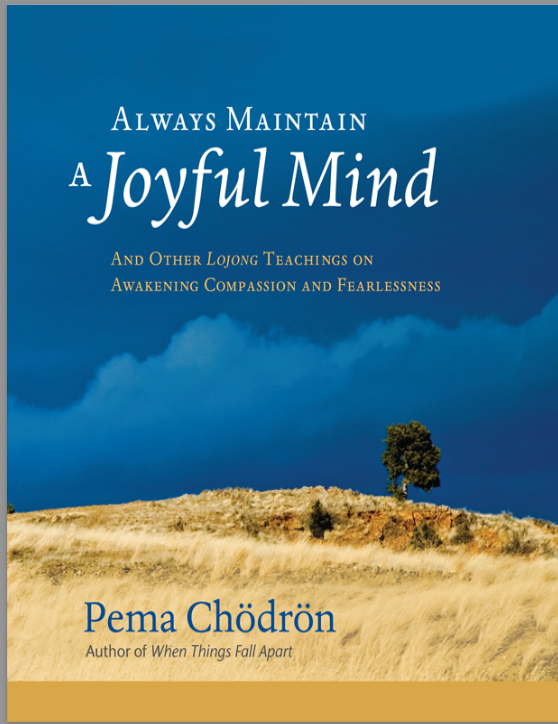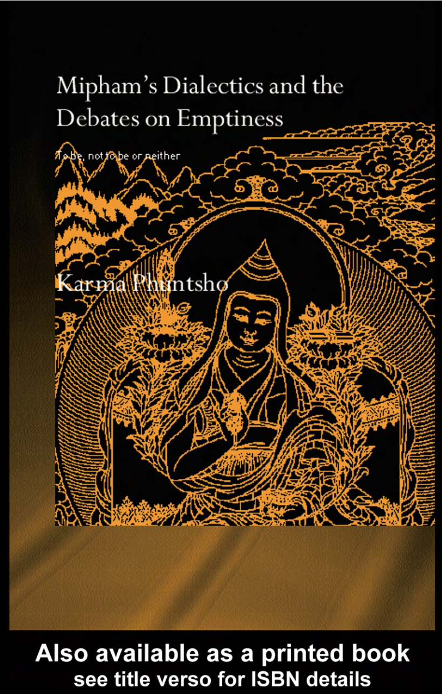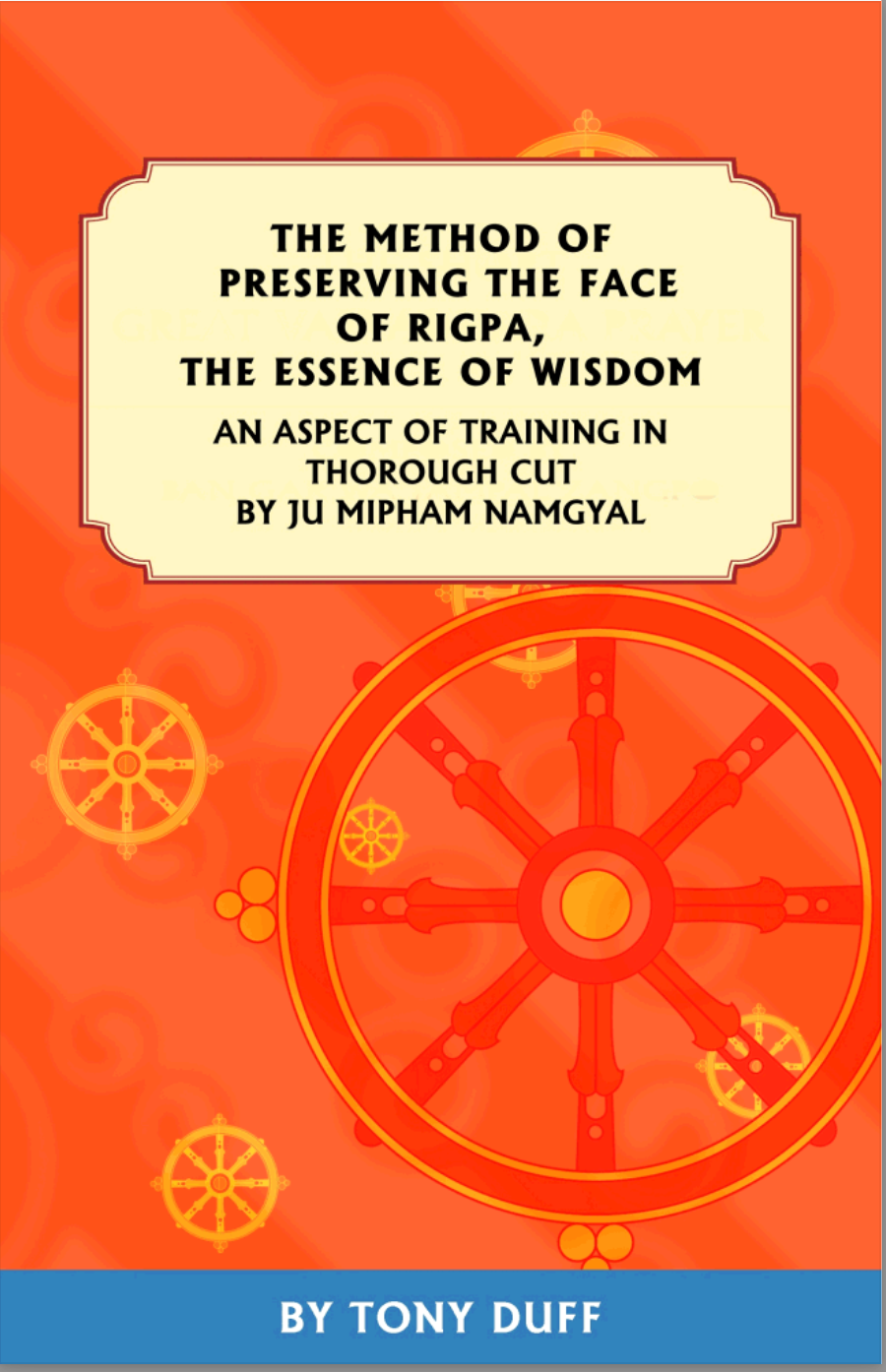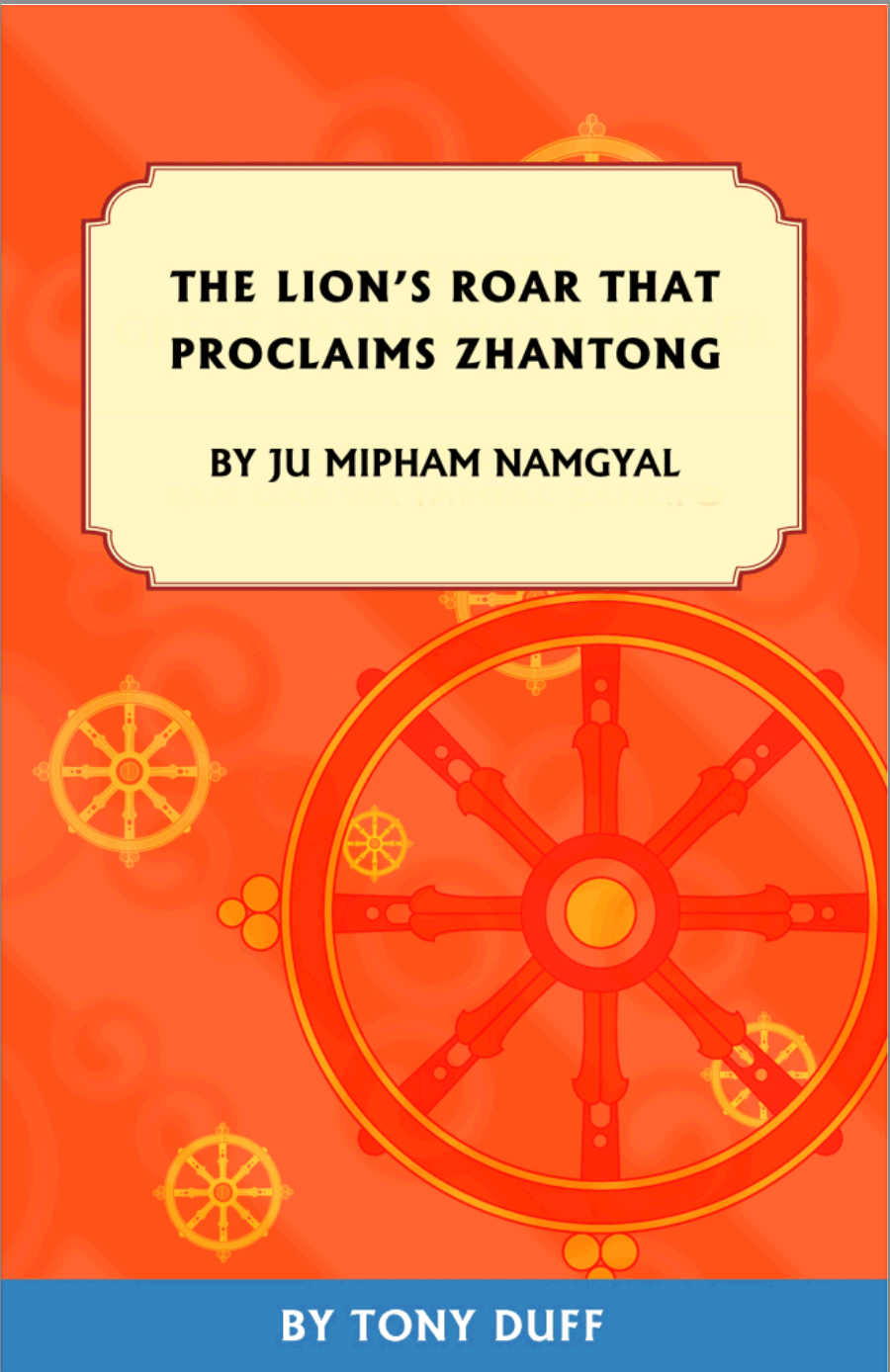Categories
- BOOKS by Thrangu Rinpoche (45)
- PDFs of Thrangu Rinpoche's books (64)
- PDFs by Other Buddhist Teachers (215)
- E-Book Downloads (57)
- Dharma Pictures to Purchase (33)
- Dharma Pictures to Download (43)
- Buddhist Practice Materials (63)
- The Beginners Corner (4)
- Dharma Topics (PDFs)-> (76)
- Videos on YouTube (15)
- Donate only if you owe us money (1)
- New Products ...
- All Products ...
New Products
The full Title of this book is Lion of Speech: The life of Mipham Rinpoche. Dilgo Khyentse Rinpoche composed his biography of Jamgön Mipham in 1939. Incorporating much of the material gathered in an earlier biography by Khenpo Kunzang Pelden, one of Mipham’s closest disciples, Khyentse Rinpoche enlarged and enriched his account from two important sources: oral accounts preserved in notes kept by his elder brother Shedrup Tendzin and, most especially, the personal recollections of Lama Ösel Jalü Dorje, who had been Mipham’s devoted personal attendant for thirty-seven years. Khyentse Rinpoche’s biography of Mipham is in many ways a traditional namthar, an account of the “life and liberation” of a man who is widely considered to be among the greatest scholars and accomplished masters in the history of Tibetan Buddhism. Profoundly reverential in tone, the text is composed in a rich, honorific, literary style, filled with the kind of poetic elegance for which its author is famous.
Gifted with a natural intelligence, Jamgon Mipham Rinpoche became extremely learned. He was accomplished in all five fields of knowledge and remains the example of perfect scholarship. When we reflect on him as a practitioner, it seems that he spent his entire life in retreat. If we contemplate his writings, it seems that he spent his entire life composing treatises. Among the extensive literature he authored, The Gateway to Knowledge, has a vital importance for followers of Buddhism. Why is that? It is not because it is vast and detailed; because it isn't. However by studying this text and learning it well, you ensure that you have gained a rough comprehension of what the Buddha taught in general. In particular The Gateway to Knowledge will form the circumstance for more easily understanding all the sublime words and treatises. This Vol.4 contains discussion of the following: 23. All Conditioned Things Are Impermanent 24. Everything Defiling Is Suffering 25. Nirvana Is Peace 26. All Phenomena Are Empty and Devoid of a Self-entity 27. Right Discrimination of Meaning and Dharma 28. Right Discrimination of Definitive Words 29. The Four Reasonings 30. The Four Reliances EPILOGUE Acknowledgements
Gifted with a natural intelligence, Jamgon Mipham Rinpoche became extremely learned. He was accomplished in all five fields of knowledge and remains the example of perfect scholarship. When we reflect on him as a practitioner, it seems that he spent his entire life in retreat. If we contemplate his writings, it seems that he spent his entire life composing treatises. Among the extensive literature he authored, The Gateway to Knowledge, has a vital importance for followers of Buddhism. Why is that? It is not because it is vast and detailed; because it isn't. However by studying this text and learning it well, you ensure that you have gained a rough comprehension of what the Buddha taught in general. In particular The Gateway to Knowledge will form the circumstance for more easily understanding all the sublime words and treatises. This Vol.3 contains discussion of the following: 15. The Mundane Vehicles. 16. Hinayana. 17. The Superiority ofMahayana. 18. The Mahayana Path. 19. Buddha-nature. 20. The Journey ofMahayana. 21. Buddhahood. 22. The Conditioned and the Unconditioned.
Gifted with a natural intelligence, Jamgon Mipham Rinpoche became extremely learned. He was accomplished in all five fields of knowledge and remains the example of perfect scholarship. When we reflect on him as a practitioner, it seems that he spent his entire life in retreat. If we contemplate his writings, it seems that he spent his entire life composing treatises. Among the extensive literature he authored, The Gateway to Knowledge, has a vital importance for followers of Buddhism. Why is that? It is not because it is vast and detailed; because it isn't. However by studying this text and learning it well, you ensure that you have gained a rough comprehension of what the Buddha taught in general. In particular The Gateway to Knowledge will form the circumstance for more easily understanding all the sublime words and treatises. This Vol.2 contains discussion of the following: 8. The Truth of Suffering 9. The Truth of Origin: Karma 10. The Truth of Origin: Disturbing Emotions 11. The Truth of Cessation 12. The Truth ofPath: The Five Paths 13. The Truth of Path: Additional Points 14. The Two Truths
Gifted with a natural intelligence, Jamgon Mipham Rinpoche became extremely learned. He was accomplished in all five fields of knowledge and remains the example of perfect scholarship. When we reflect on him as a practitioner, it seems that he spent his entire life in retreat. Ifwe contemplate his writings, it seems that he spent his entire life composing treatises. Among the extensive literature he authored, The Gateway to Knowl- edge, has a vital importance for followers of Buddhism. Why is that? It is not because it is vast and detailed; because it isn't. However by studying this text and learning it well, you ensure that you have gained a rough comprehension of what the Buddha taught in general. In particular The Gateway to Knowledge will form the circumstance for more easily understanding all the sublime words and treatises, This Vol.1 contains discussion of the following: Prologue 1. The Aggregates 2. The Elements 3. The Sense-sources 4. Interdependence 5. The Correct and the Incorrect 6. The Facuities 7. Time
The work presented here-MO: Tibetan Divination System-should be seen against the entire backdrop of Tibetan culture. The Mo should not be seen as a spuri ous religious practice, unconnected with the profound teachings of the Buddha which underlie the life of the Tibetan people. Since the Buddhas are endowed with knowledge of the cause and effect of all conditions as well as in sight into their ultimate reality, the use of Mo could prove beneficial if combined with unwavering faith in and one-pointed concentration upon the Buddhas. Mo is thus one of the ways in which unenlightened beings may rely upon the Buddhas to help overcome predicaments in their everyday lives. There are two primary functions of the Mo. First of all, it is a sy stem that allows us to help ourselves to see a situation or event clearly. Secondly, if we use it for others with the proper motivation of performing a self less act of giving-as has been extensively done by many of the great teachers of Tibet-it is a system that enhances our practice of the Bodhisattva's path. There is also a secondary function of the Mo. The central, most profound teaching of the Buddha is Pratitya Samutpada, which may be translated as interdependent origination or co-dependent arising.
This book is a teaching on the Seven Points of Mind Training. There are 59 one line instructions which are sometimes called slogans that one can memorize or refer to when something comes up and it will help answer your doubts.
This book explores a number of themes in connection with the concept of Emptiness, a highly technical but very central notion in Indo-Tibetan Buddhism. It examines the critique by the leading Nyingma school philosopher Mipham (1846–1912), one of Tibet’s brightest and most versatile minds, formulated in his diverse writings. The book focuses on related issues such as what is negated by the doctrine of Emptiness, the nature of ultimate reality and the difference between ‘extrinsic’ and ‘intrinsic’ emptiness. These issues continue to be the subject of lively debate among contemporary exponents of Tibetan Buddhist thought. Karma Phuntsho’s book aptly undertakes a thematic and selective discussion of these debates and Mipham’s qualms about the Gelukpa understanding of Emptiness in a mixture of narrative and analytic styles. For the first time, a major understanding of Emptiness, variant to the Gelukpa interpretation that has become dominant in both Tibet and the West, is revealed.
There are two main branches of the Nyingma lineage path which Togyal and Trecho. This text by Mipham explains the practices of Trecho (which unfortunatley was translated by Duff as "Though Cut")
The Lion’s Roar that Proclaims Zhantong (Also spelled Shentong) focusses on the issues of emptiness and the two truths as they are proclaimed within the Zhantong system. The text begins with a clear explana- tion of the lineage of teachers through which the Zhantong view came down from the Buddha, then mentions the main texts of the system, and then lays out the particulars of the view of zhantong emptiness and the two truths corresponding to that view of emptiness. All of this happens in very short but cogent piece at the beginning of the text. Following that, most of the text consists of a long argument with opponents of Zhantong. The argument goes through a number of major points of disagreement between Zhantong followers and their opponents in order to expose the particularly subtle and hard to understand view of Zhantong. Both sides are very well versed in the Buddha’s teaching with the result that the arguments engage deep points of philosophy which cannot be understood without significant knowledge of the system.
